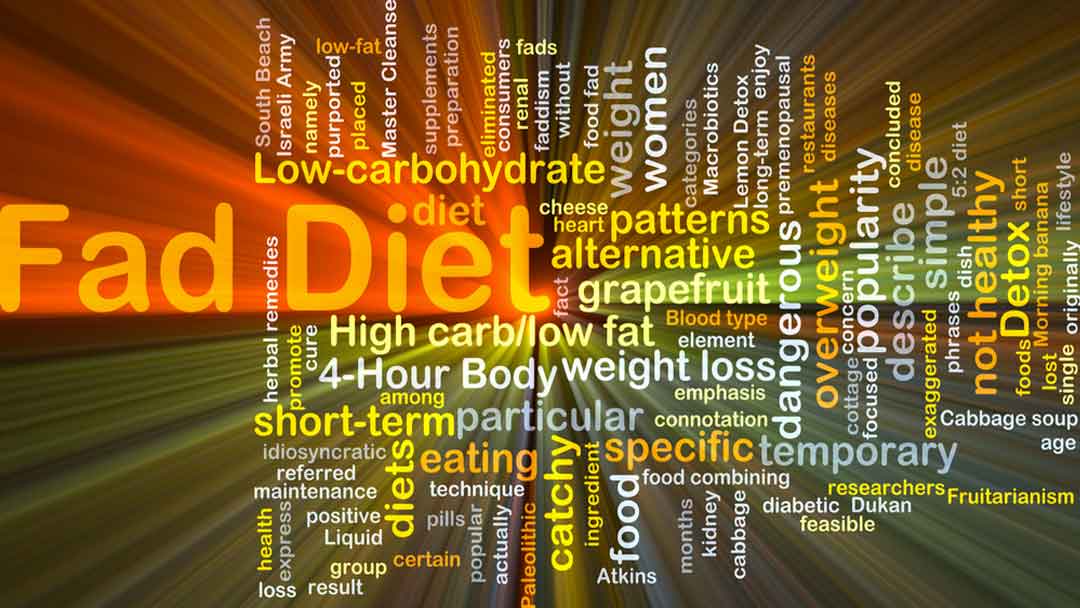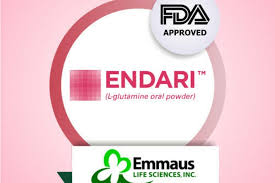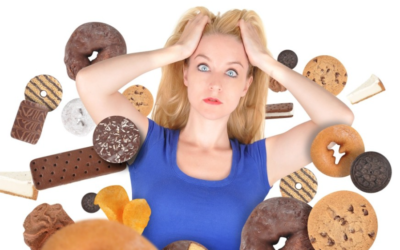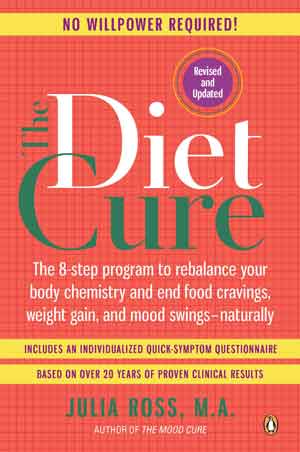These Four Popular Diets Don’t Work and Here’s Why

Atkins, Weight Watchers, Ornish, and Zone dieters all garner similar benefits when on their diets of choice: modest weight loss and improved health markers. The trouble is that, for very good reasons, they can’t stay on any of these diets. According to this Tufts study 35 – 50% of dieters quit early on.
As I mention at length in Chapters 2 and 10 of The Diet Cure over-restricting calories inevitably results in rebound cravings, overeating, and weight gain. Why?
What are the flaws common to these diets that make relapse so predictable? More importantly, are there any effective alternatives?
Flaw #1: Calories, Calories
Most of these diets provide too few calories, which triggers the famine response—slowed metabolic rate and depletion of appetite-regulating brain neurotransmitters like serotonin.
Better Alternatives
(1) Provide over 2000 calories a day, including as much as 40% from fat, mostly saturated, and at least 90 grams of protein per day.
(2) Supplement with brain-targeted amino acids to create rock-solid indifference to sweets and starches in minutes. This is the jump-start all dieters need to silence their cravings. (See chapters 1 and 9 in The Diet Cure.)
Flaw #2: Got Milk?
Most weight loss diets recommend non-fat milk products, which increase lactose (sugar) content and eliminate appetite-satisfying saturated fats. They can also perpetuate milk product craving and overeating for those addicted to the milk protein, casein (and the respiratory, digestive, and mental disruption of this common allergen.)
Better Alternative:
Full fat milk products (or none at all, if milk products trigger an allergic reaction or cravings and overeating because of their casein content—see below.)
Flaw #3: Unmoving Metabolism
Inclusion of soy products and emphasis on cruciferous vegetables (cabbage, broccoli, kale, cauliflower, etc.) Both can suppress thyroid function (i.e., metabolic rate).
Better Alternative:
Increase use of fish, poultry, and red meat for protein. Minimize cruciferous vegetables, maximize other vegetables.
Flaw #4: Addictive Foods
The Atkins Diet is not calorie-restrictive, as its bacon-loving adherents can attest. So why do Atkins dieters fare no better than low-calorie dieters? Because Atkins recommends foods that can trigger loss of control, as do the other popular diets.
Most Common Trigger Foods:
- Wheat (even whole wheat and the other gluten-containing grains—rye, oats, and barley—since gluten has opiate-like effects in the brain)
- Milk products (e.g., cheese, and artificially sweetened yogurt and ice cream) for those “blessed” by an opiate-like (exorphin) response to the milk protein casein
- Chocolate and caffeine – Both addictive and appetite-suppressive (Remember under-eating causes rebound overeating.)
- Artificially sweetened beverages or foods—the U. of Bordeaux found the “intense sweetness” of saccharin, as well as sugar, to be four times more addictive than cocaine.



